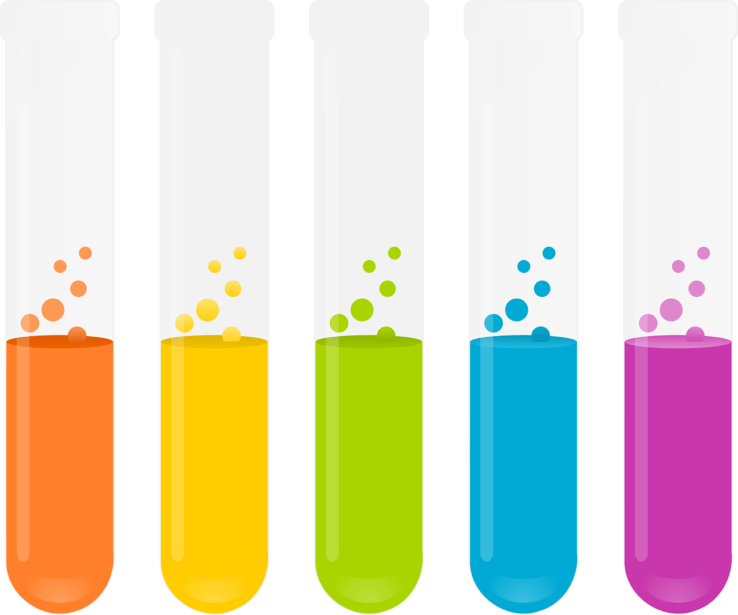Edvancer's Knowledge Hub
A/B Testing Made Simple – Part 2

In continuation with my previous post in this series on A/B Testing, let us dig a bit deeper into the process by looking at the aspects in the succeeding paragraphs.
Share this on





Follow us on




- Separate the Experiences Completely
- Which Metric Should be Used?
- How to Quantify the Change to Consider it to be a Real Change?
- Should we use the One-Sided or Two-Sided Test?
- How Many False Positives Can be Tolerated?
Manu Jeevan
Manu Jeevan is a self-taught data scientist and loves to explain data science concepts in simple terms. You can connect with him on LinkedIn, or email him at manu@bigdataexaminer.com.
Latest posts by Manu Jeevan (see all)
- Python IDEs for Data Science: Top 5 - January 19, 2019
- The 5 exciting machine learning, data science and big data trends for 2019 - January 19, 2019
- A/B Testing Made Simple – Part 2 - October 30, 2018
Follow us on
Free Data Science & AI Starter Course

